-
×
 Red Lime Tree - 2 to 3 Feet Tall - Citrus Fruit Tree
1 × $129.99
Red Lime Tree - 2 to 3 Feet Tall - Citrus Fruit Tree
1 × $129.99 -
×
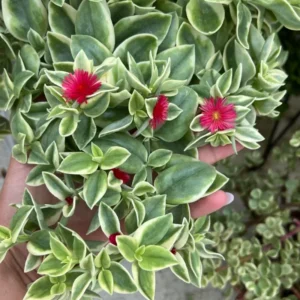 Pink Ice Plant Variegated Baby Sun Rose 2'' Pot Trailing Succulent Ground Cover
2 × $20.99
Pink Ice Plant Variegated Baby Sun Rose 2'' Pot Trailing Succulent Ground Cover
2 × $20.99 -
×
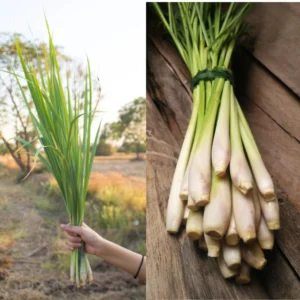 Lemongrass Plant 15 Stalks Live Herb Outdoor Garden Ready to Plant
1 × $36.89
Lemongrass Plant 15 Stalks Live Herb Outdoor Garden Ready to Plant
1 × $36.89 -
×
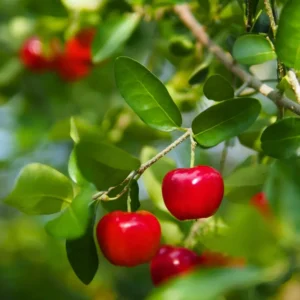 Pack 2 Barbados Cherry Trees - Edible Fruit Plants Live - 5-7 Inches
1 × $47.99
Pack 2 Barbados Cherry Trees - Edible Fruit Plants Live - 5-7 Inches
1 × $47.99 -
×
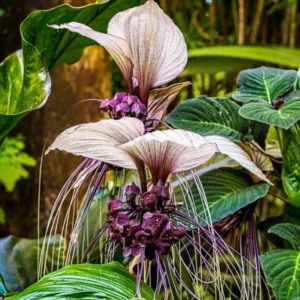 White Bat Orchid Plant Live - Tacca Chantrieri Flower Plant 5-9'' Tall
1 × $37.99
White Bat Orchid Plant Live - Tacca Chantrieri Flower Plant 5-9'' Tall
1 × $37.99 -
×
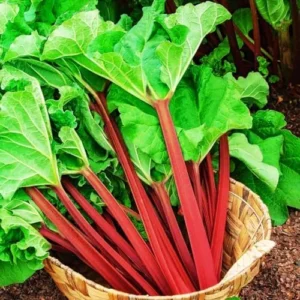 Deep Red Rhubarb Plant Root Division - 2 Year Old Vegetable Plant for Garden
1 × $28.00
Deep Red Rhubarb Plant Root Division - 2 Year Old Vegetable Plant for Garden
1 × $28.00
-46%
Red Venus Flytrap Live Plant – High Yield Dionaea Muscipula Cultivar
From $26.99
Enhance your plant collection with a Hardy Red Venus Flytrap. This Dionaea Muscipula cultivar is known for its vibrant red color and high yield. A unique and fascinating addition to any home or garden.
Item Details
-
USDA Hardiness Zone
7-10 -
Soil Type
Peat Moss and Perlite Mix -
Sunlight Exposure
Full to Partial Sunlight -
Expected Planting Period
Spring or Early Summer
You can track your order HERE
Nov 01
Nov 06 - Nov 08
Nov 11 - Nov 15
Shipping and return policies: Our Alive & Thrive Guarantee covers issues with your plants within the first 30 days. Reach out to us. Our team will answer your questions and help you find the plants that are truly suitable for your environment, climate, and personal preferences.
Hardy Red Venus Flytrap Live Plant: A Carnivorous Delight
The Hardy Red Venus Flytrap is a captivating carnivorous plant, Dionaea Muscipula, prized for its striking red coloration and efficient insect-trapping abilities. This high-yield cultivar is a fascinating addition to any plant enthusiast’s collection. It’s relatively easy to care for, making it a great choice for both beginners and experienced growers. This plant adds a touch of the exotic to your home or garden.
This unique plant not only adds aesthetic value but also serves as a natural insect control method. Its vibrant red traps lure insects, providing the plant with essential nutrients. The Hardy Red Venus Flytrap thrives in bright, indirect sunlight and requires specific soil conditions. This Dionaea Muscipula will bring interest to your collection.
Key Benefits:
- Unique Appearance: Striking red color adds visual interest.
- Natural Insect Control: Traps and consumes insects.
- Educational Value: Provides a fascinating learning experience.
- Relatively Easy Care: Suitable for beginners with proper care.
- High Yielding: Produces numerous traps for efficient feeding.
To ensure your Hardy Red Venus Flytrap thrives, use nutrient-poor soil, such as a mix of peat moss and perlite. Water with distilled or rainwater, avoiding tap water due to its mineral content. Provide bright, indirect sunlight for at least six hours a day. With proper care, your Hardy Red Venus Flytrap will flourish and provide years of enjoyment.
Frequently Asked Questions:
- How big does a Hardy Red Venus Flytrap get? Typically, the traps can reach up to 1.5 inches in length.
- What kind of water should I use? Only use distilled water, rainwater, or reverse osmosis water. Tap water contains minerals that can harm the plant.
- How much sunlight does it need? At least 6 hours of bright, indirect sunlight is ideal.
- How often should I feed it? If the plant is outdoors and catching insects on its own, supplemental feeding is not necessary. If indoors, feed each trap only once every 2-3 weeks with small insects.
- What type of soil is best? Use a mix of peat moss and perlite, or long-fiber sphagnum moss. Avoid using potting soil or fertilizer.
| Color | 3 Short-Toothed Red Venus Flytrap, Large Akai Ryu Red Dragon Venus Flytrap, Large Short-Toothed Red Venus Flytrap, Large Wine Mouth |
|---|


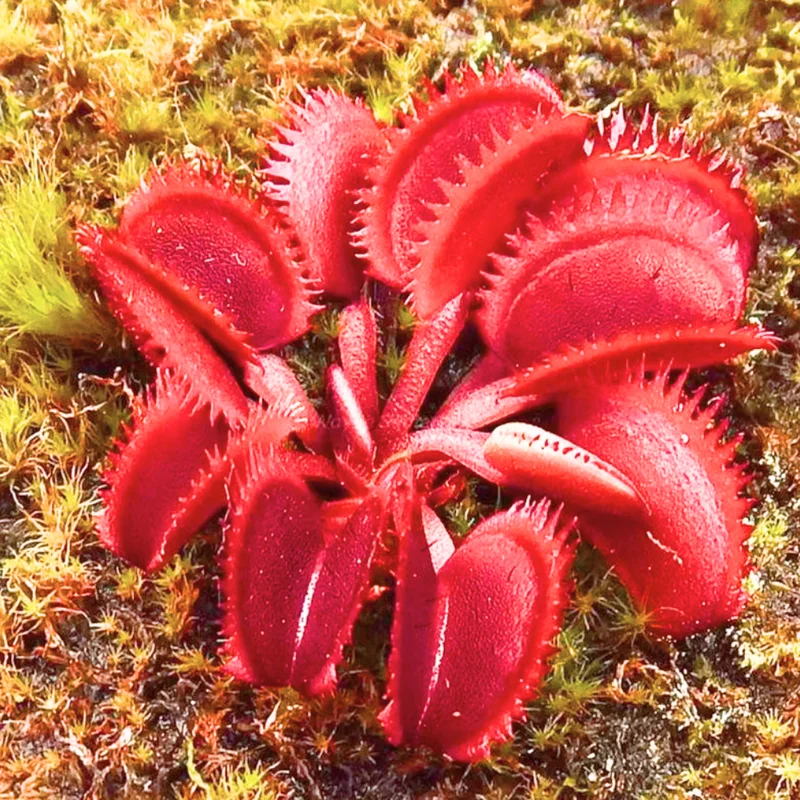
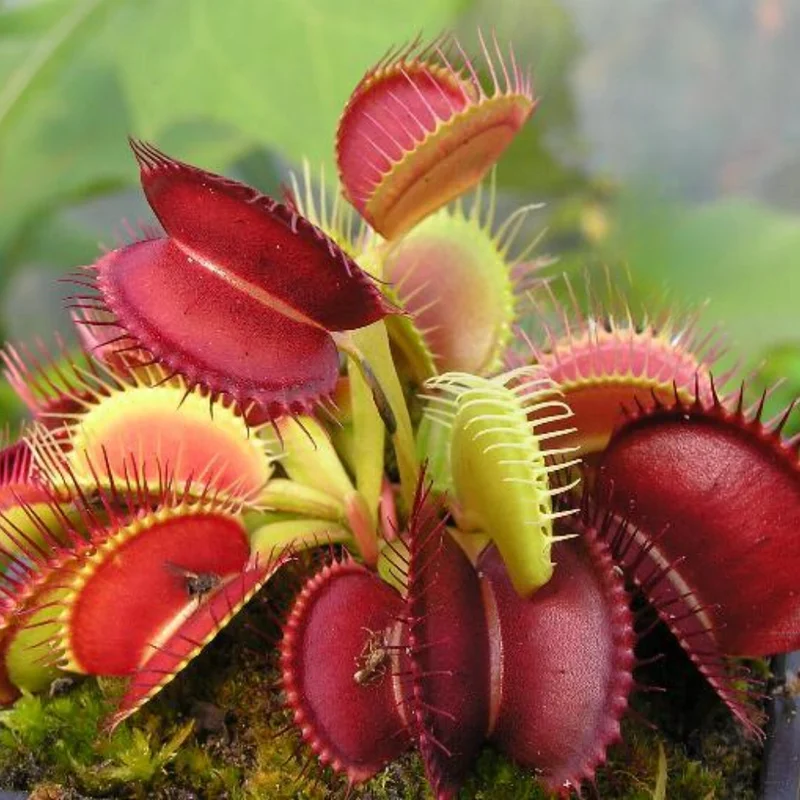
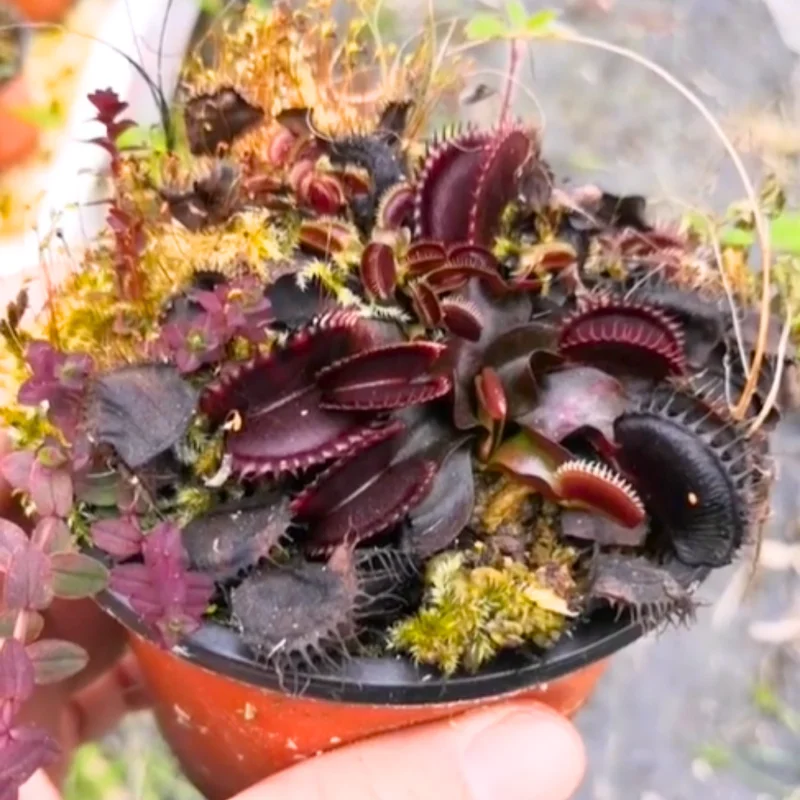

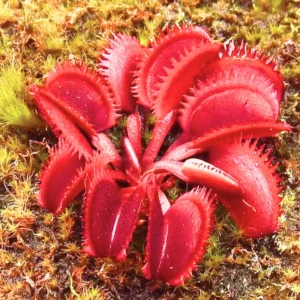
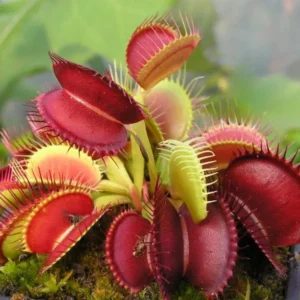
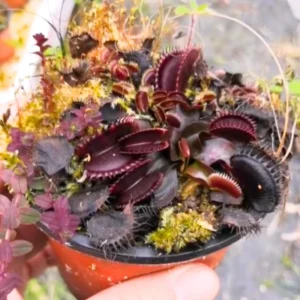

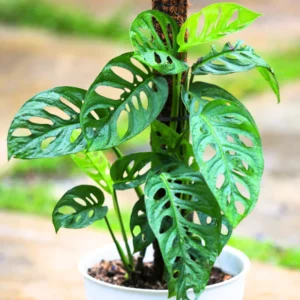

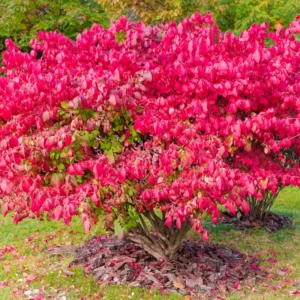
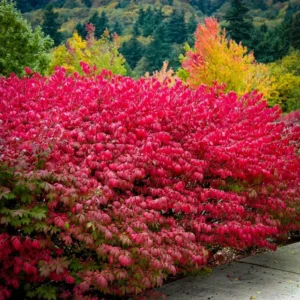

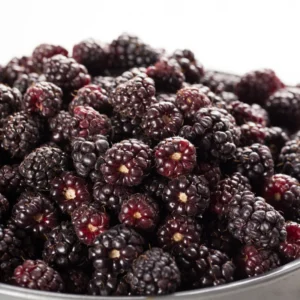
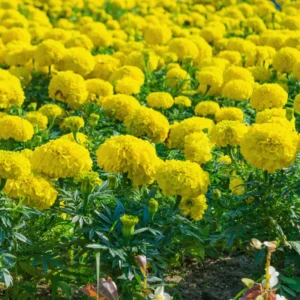


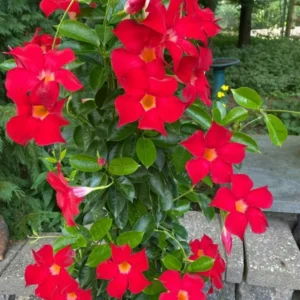
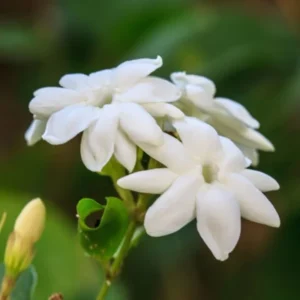



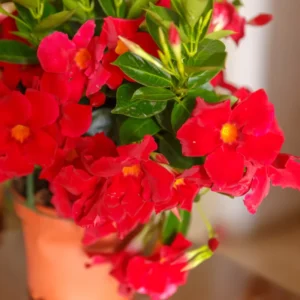
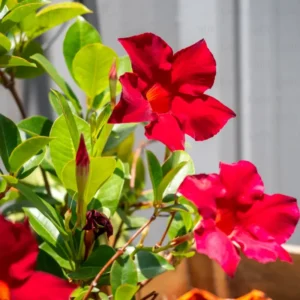

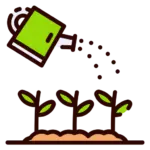
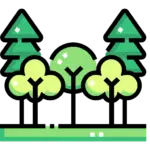

Reviews
There are no reviews yet.